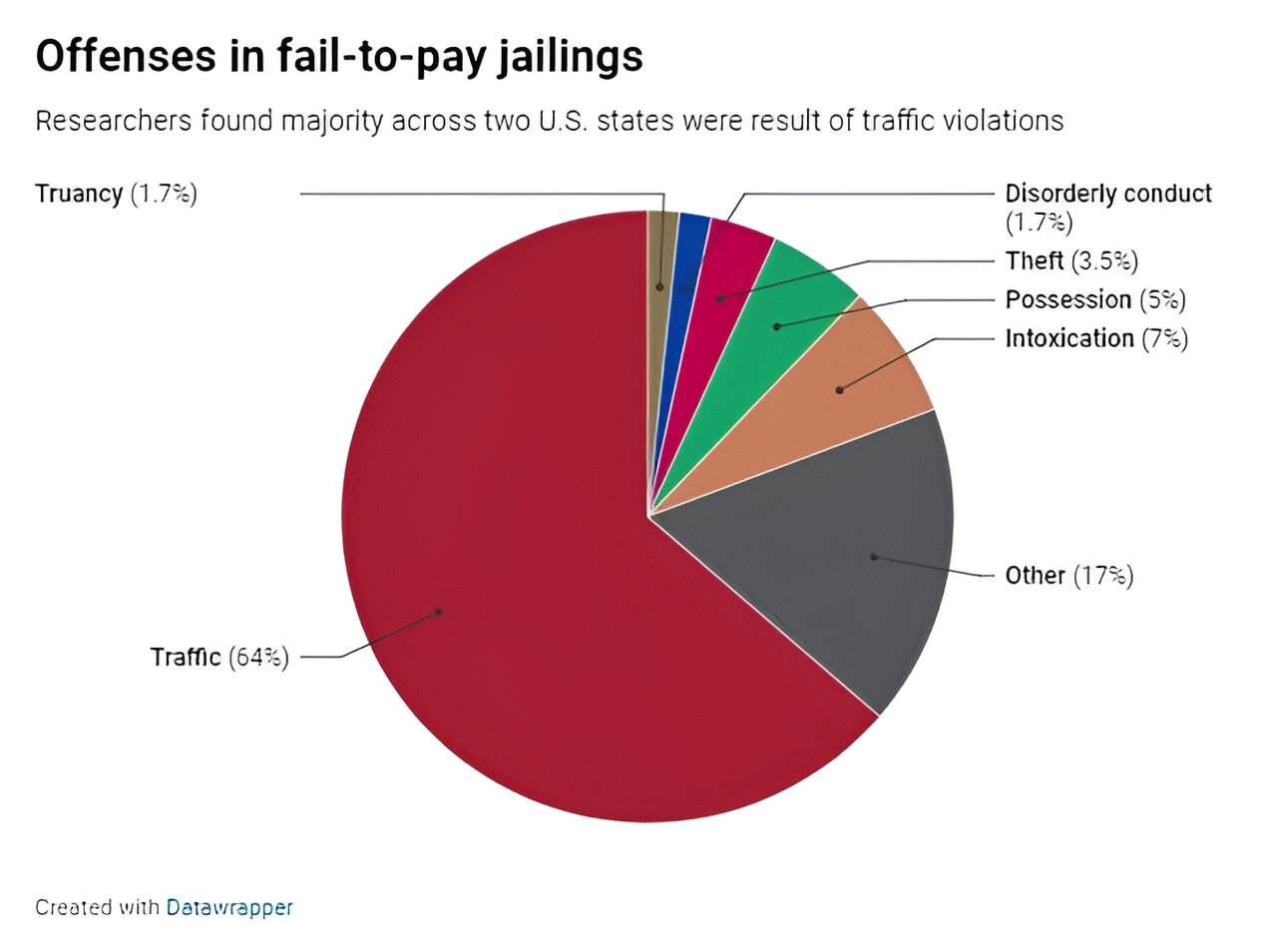Imprisonment for unpaid debts might seem Dickensian, a relic of harsher times. But thousands of people serve jail time each year in the U.S. for failure to pay fines, fees, and other court costs, often resulting from lower-level violations such as traffic tickets.
Harvard researchers have brought attention to the plight of such debtors in a new paper, “Forgotten But Not Gone: a Multi-state Analysis of Modern-Day Debt Imprisonment,” published in PLOS ONE. Theirs is a first attempt to quantify the magnitude and prevalence of imprisonments for court debts in the U.S., for which no standardized record-keeping exists.
First author and statistics graduate student Johann Gaebler first became aware of debt imprisonment while an intern at the American Civil Liberties Union in Wisconsin, just after graduating from the College in 2017 with a degree in mathematics.
“I didn’t even realize that this existed in the American legal system—that there are still mechanisms for jailing people for unpaid court debts,” said the Griffin Graduate School of Arts and Sciences student. “And it felt like nobody really knew what was going on—even at the state level, to say nothing of the national level—because there was no integrated data.”
Gaebler started the project while working at the Computational Policy Lab run by Sharad Goel, now a faculty member at the Harvard Kennedy School of Government. With Goel and journalists Phoebe Barghouty and Cheryl Phillips of the Stanford Computational Journalism Lab, he culled data from millions of records collected through hundreds of public records requests to county jails to produce their first-of-its-kind dataset.
2023-09-20 10:48:03
Original from phys.org rnrn
